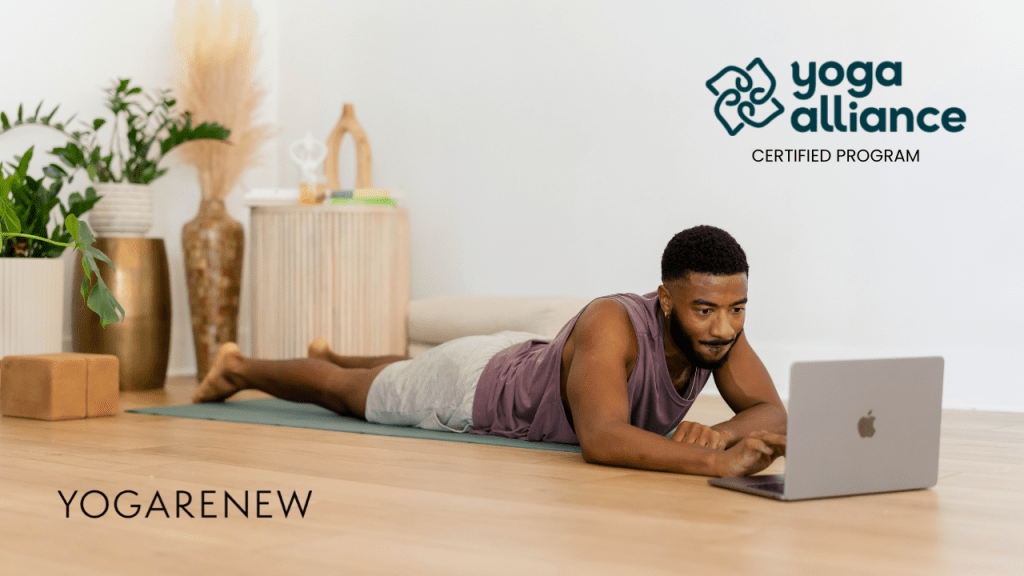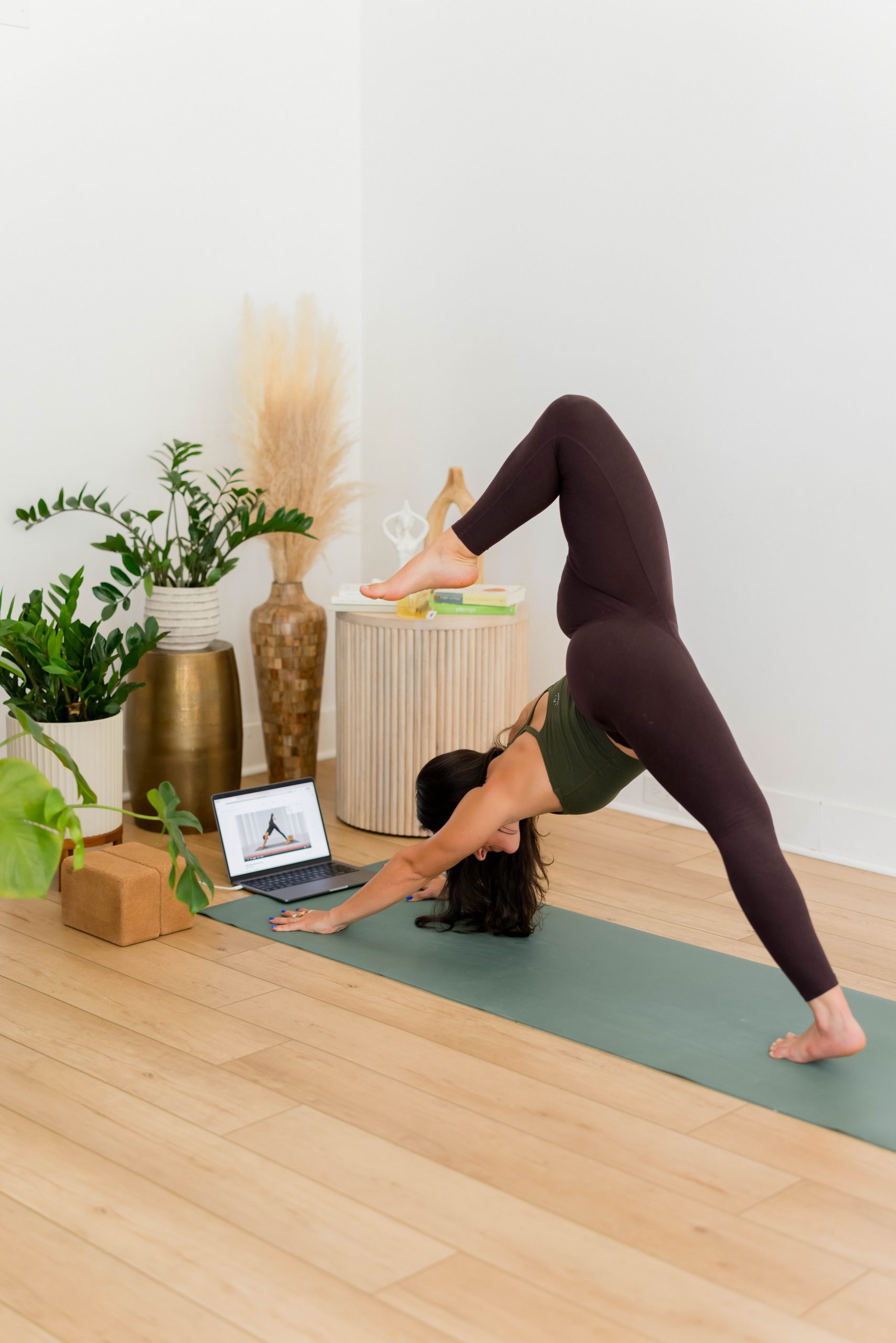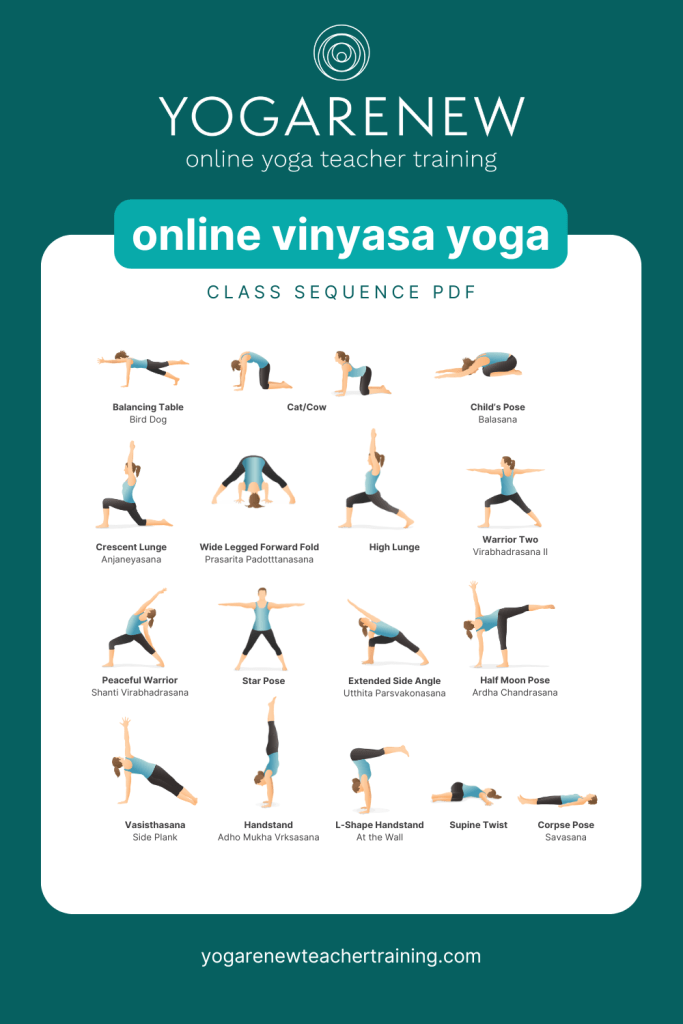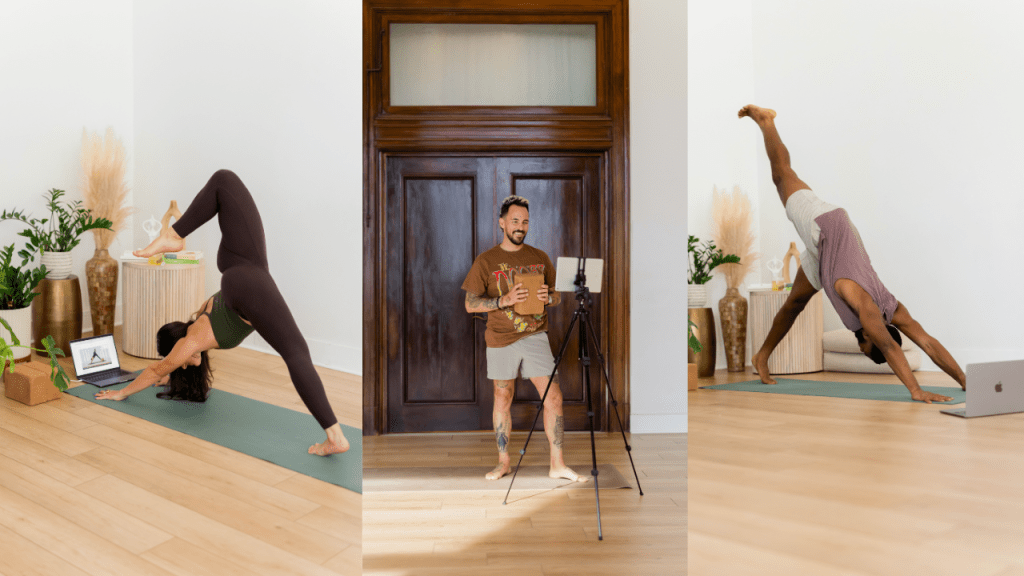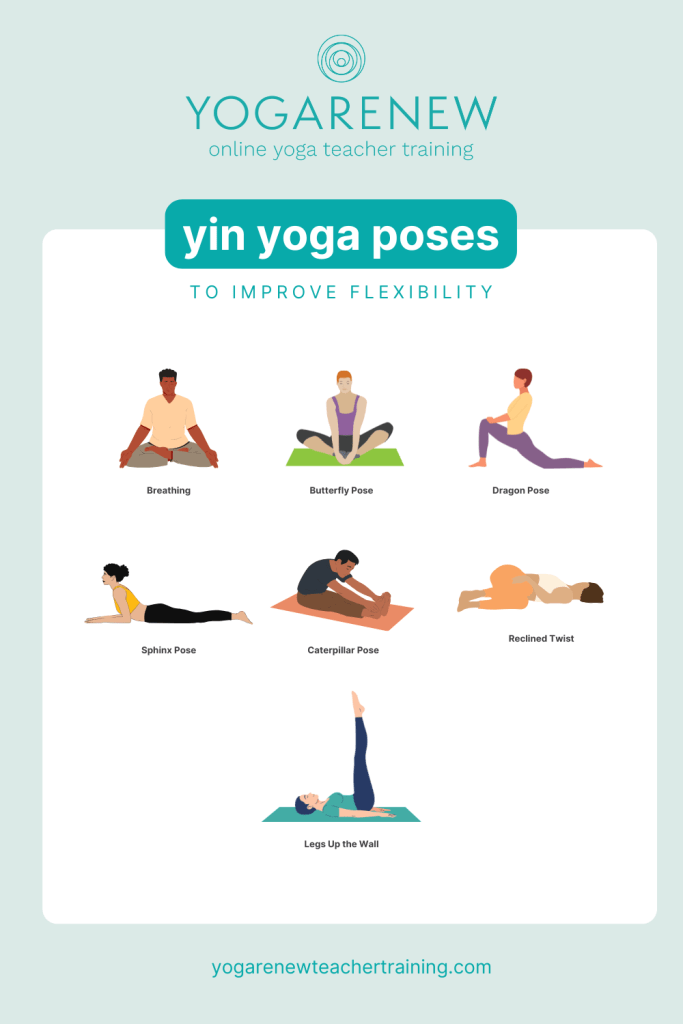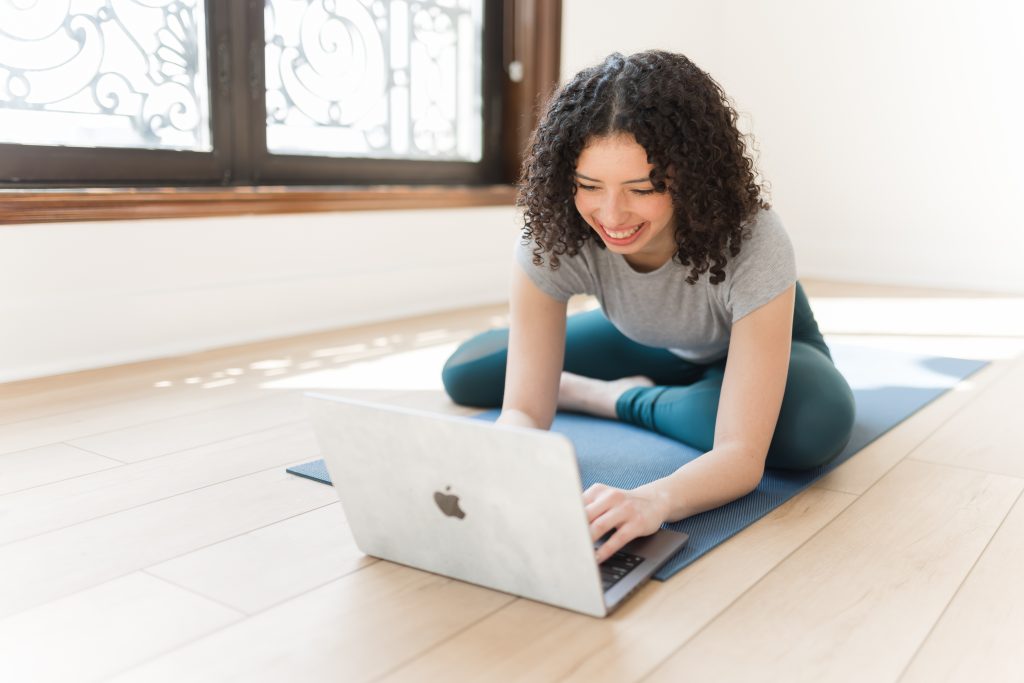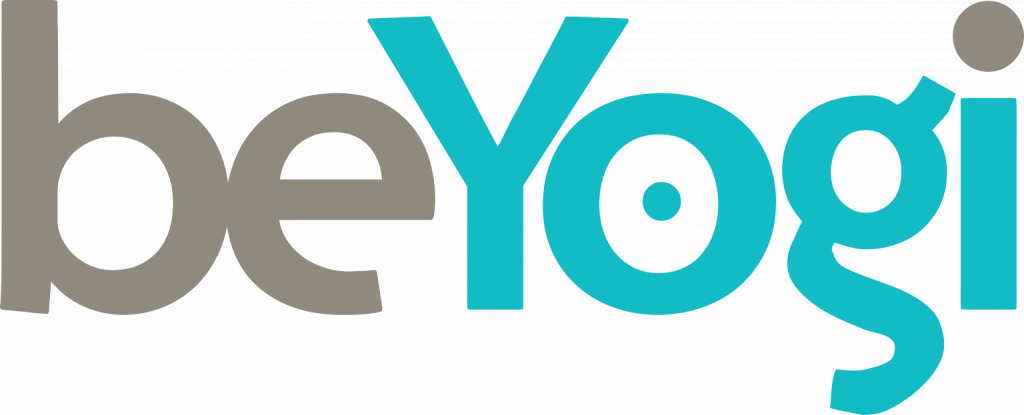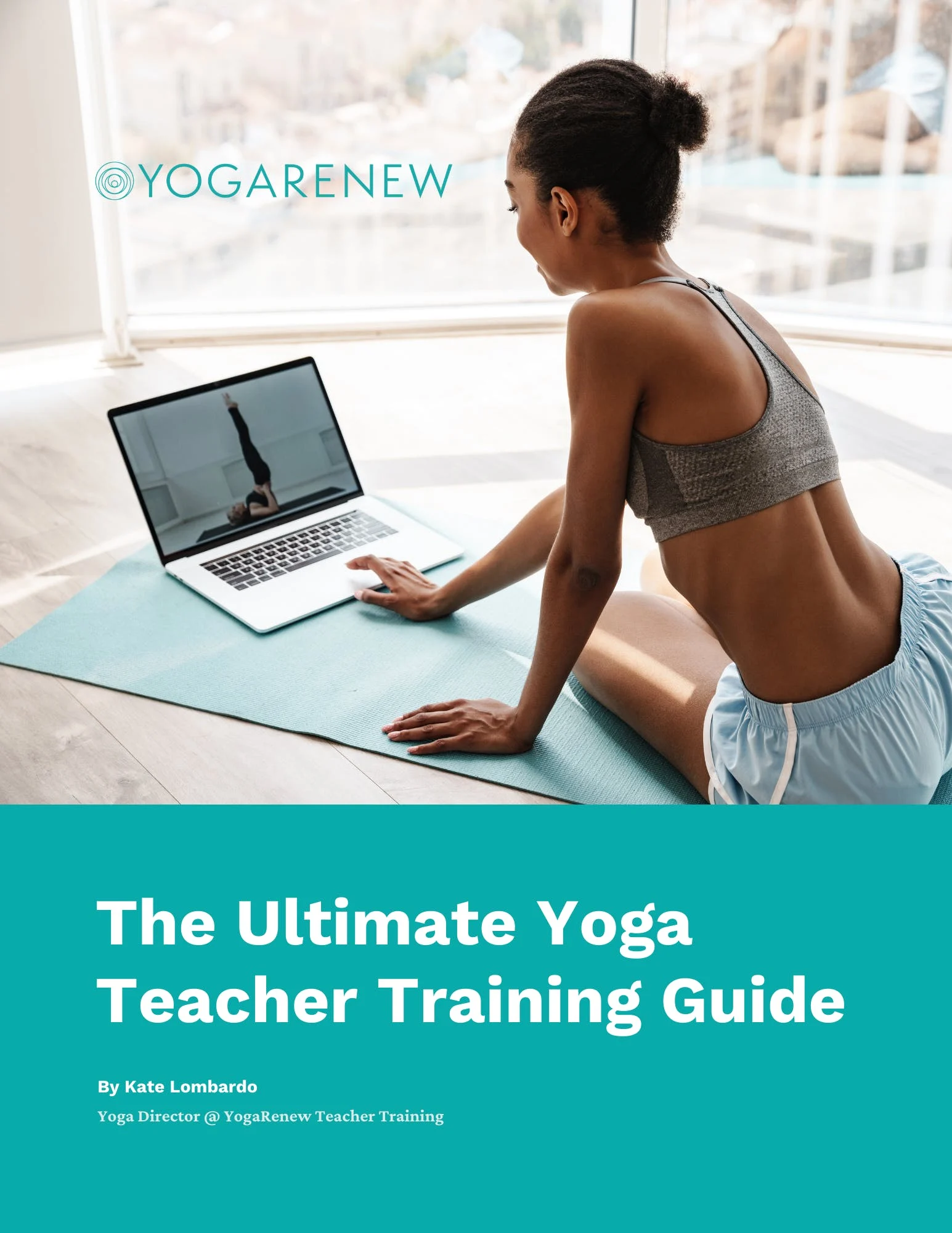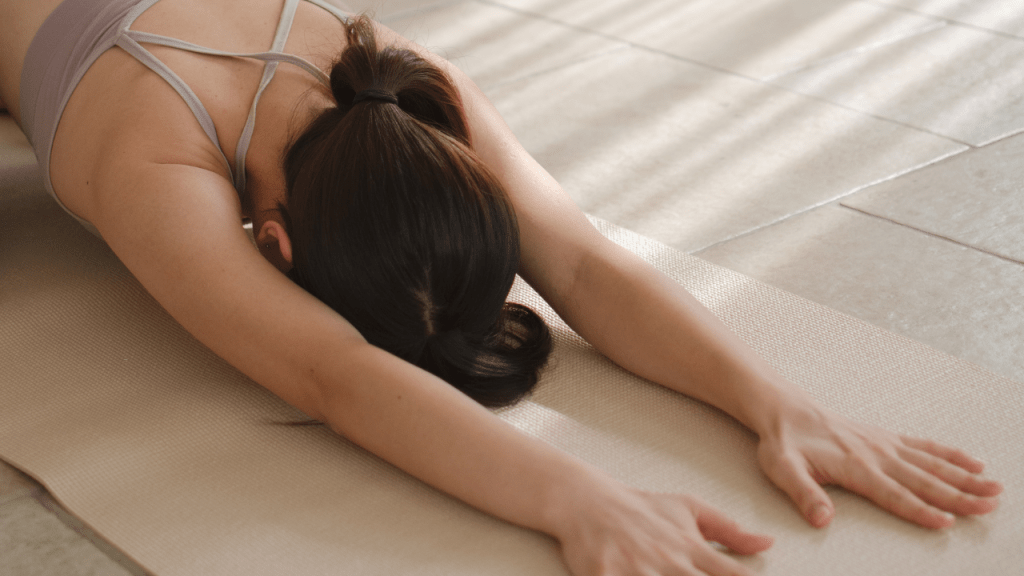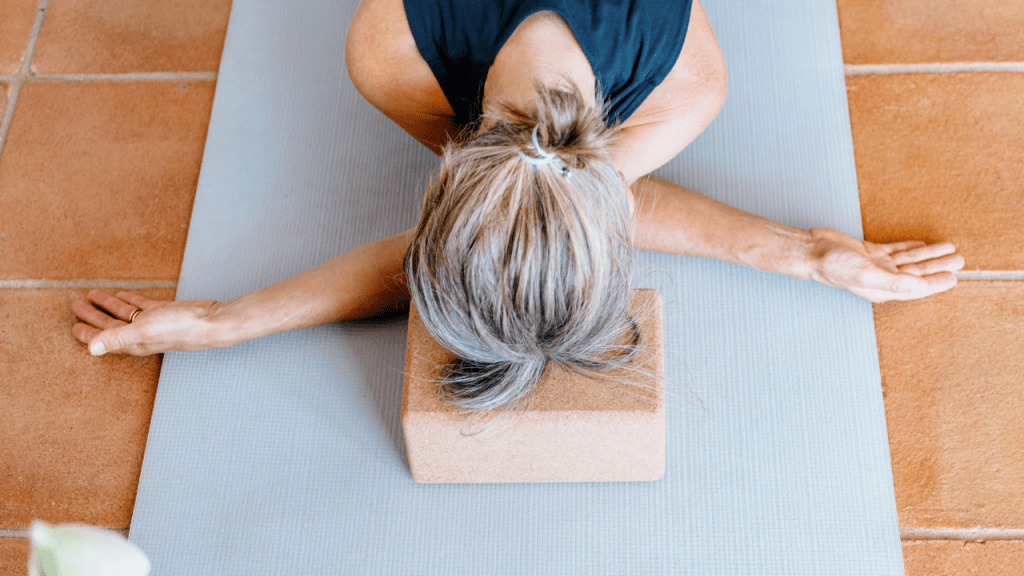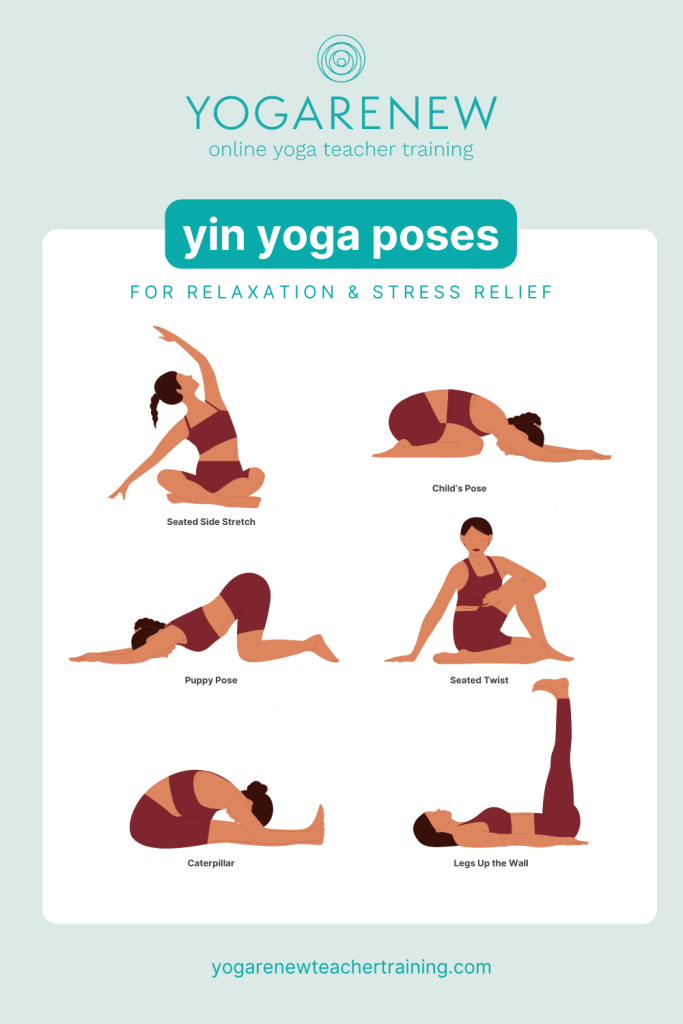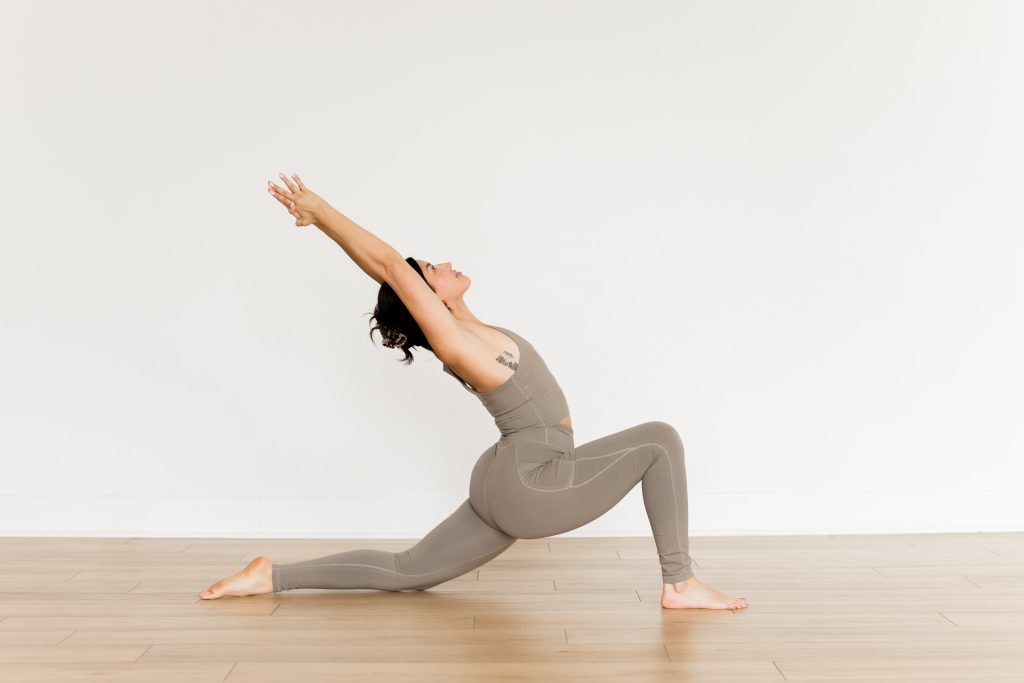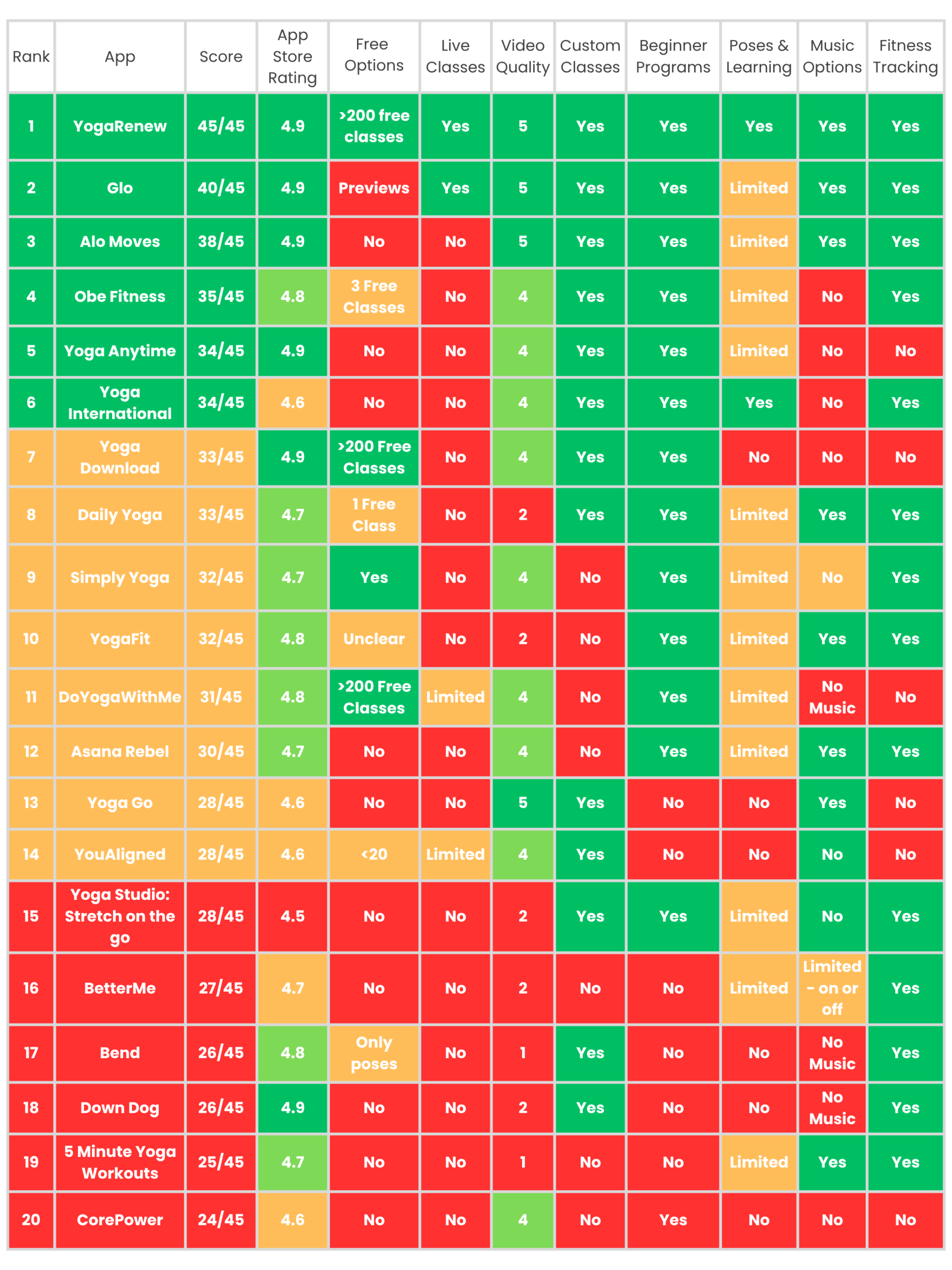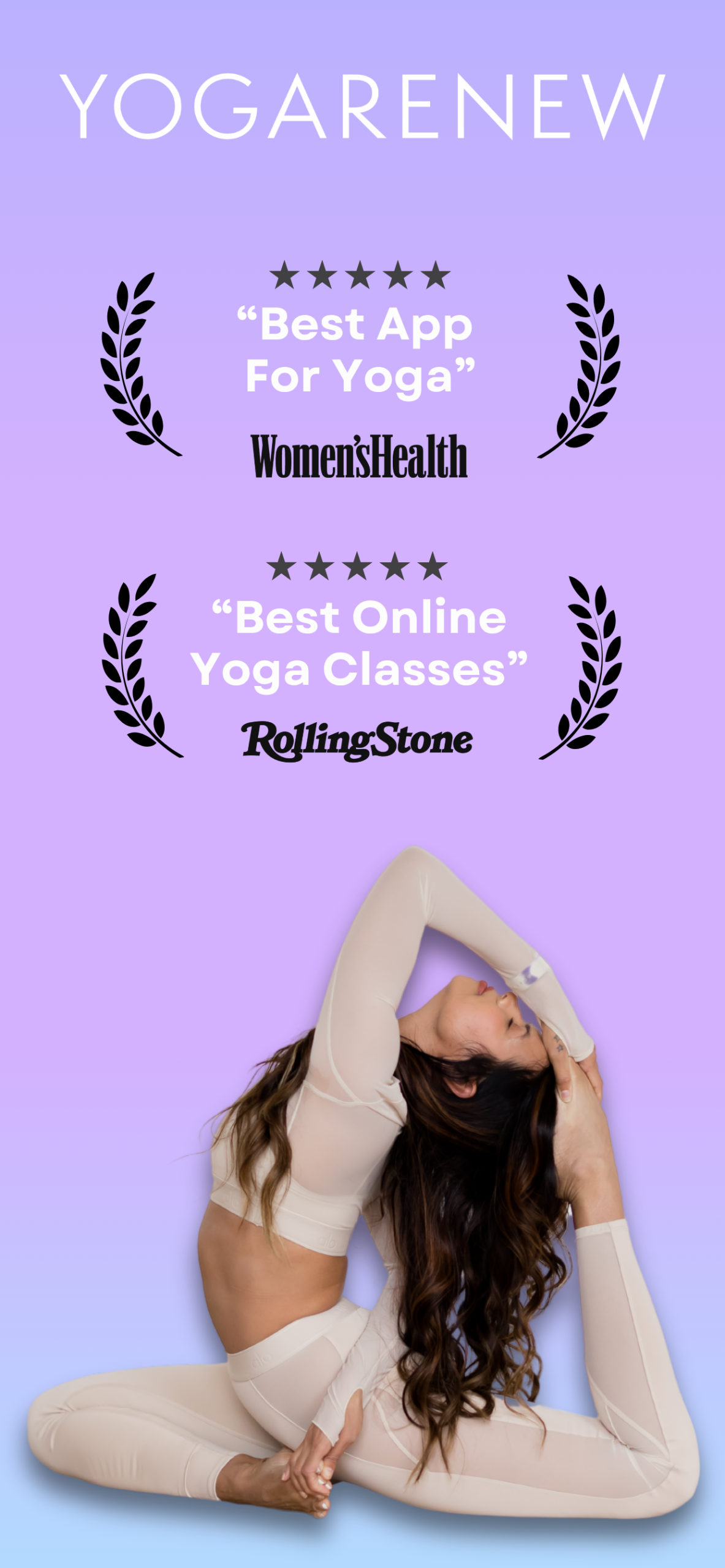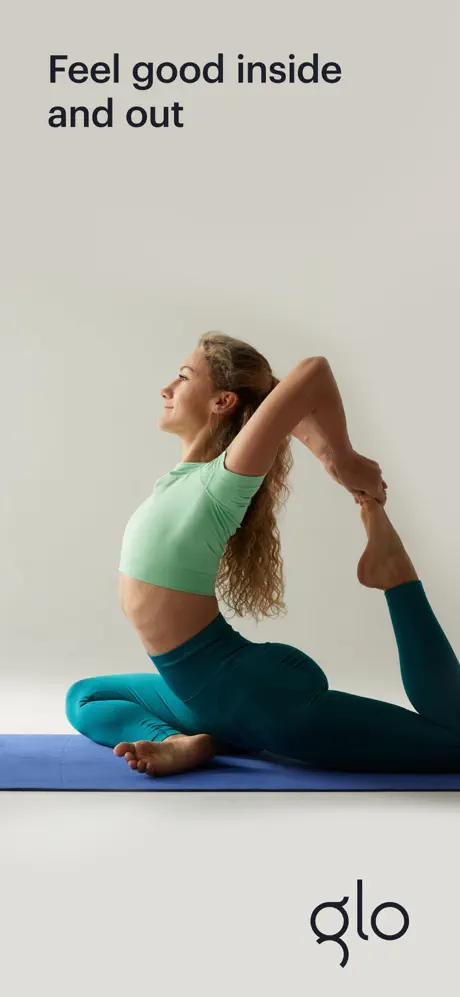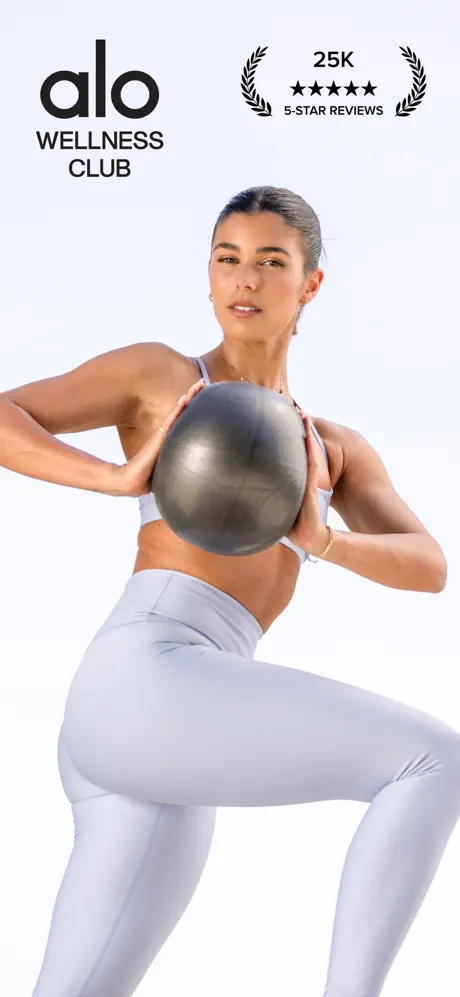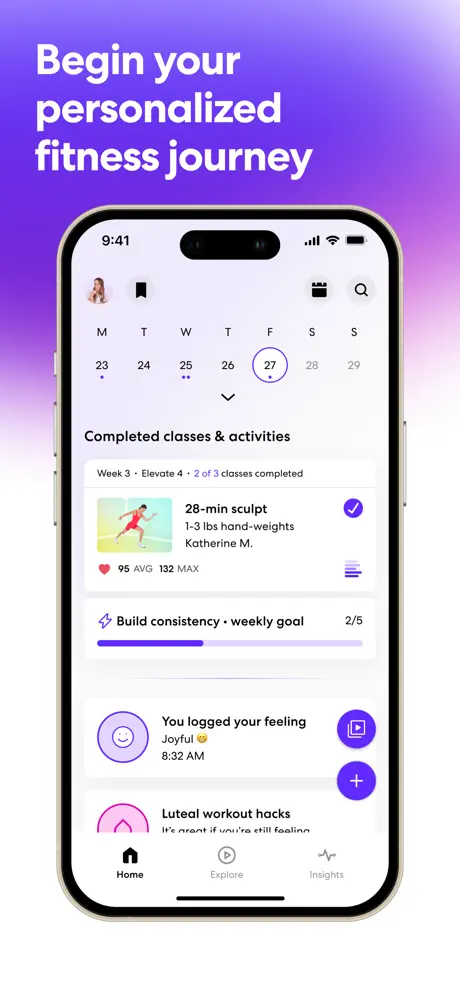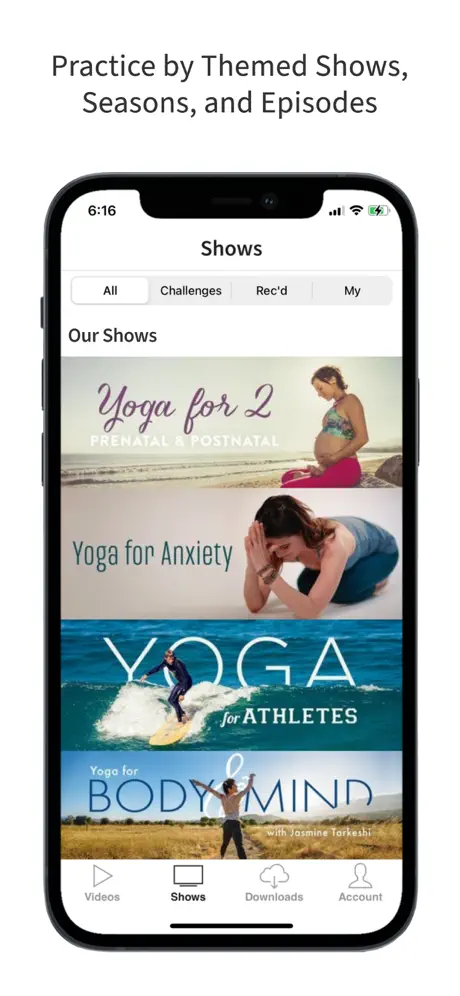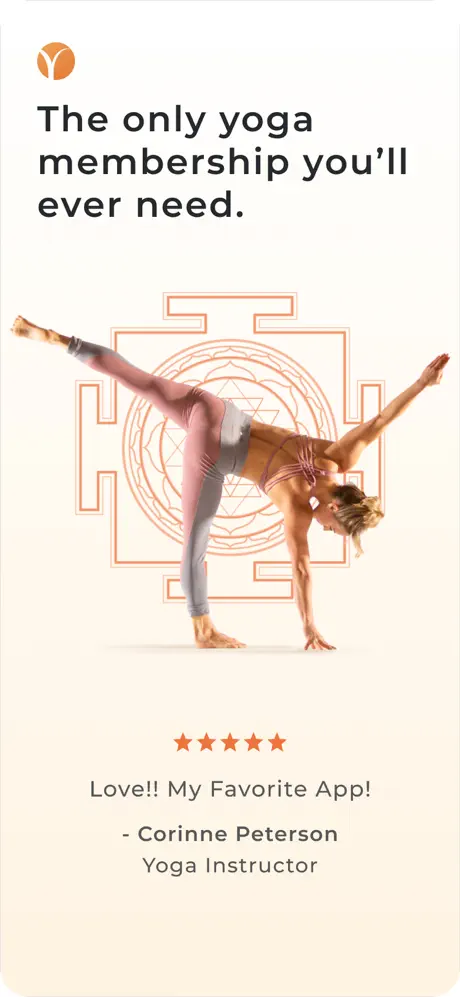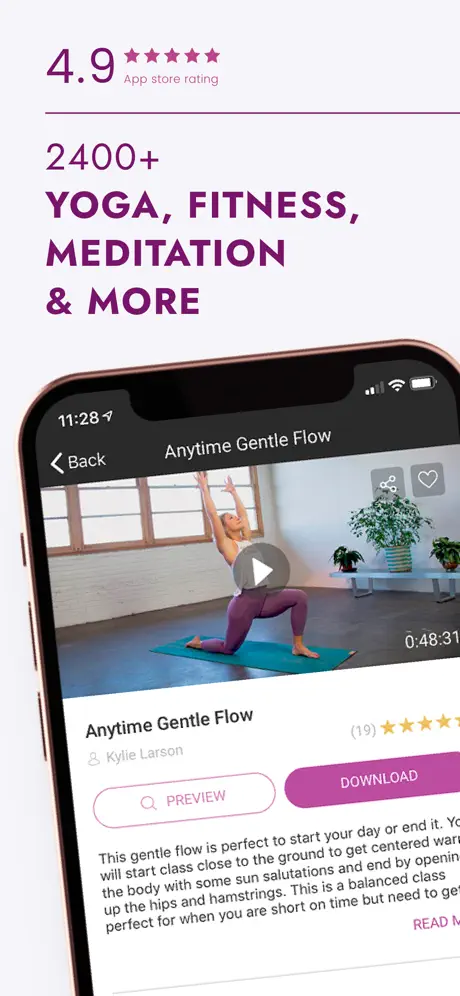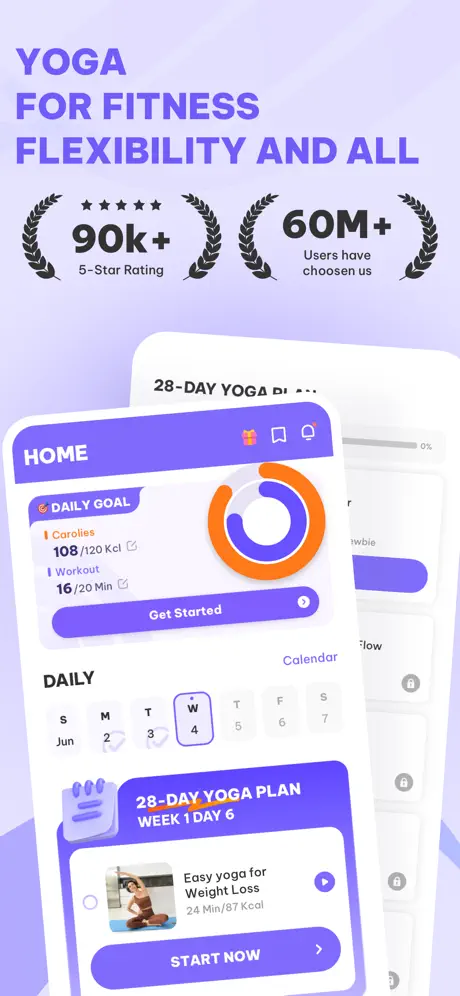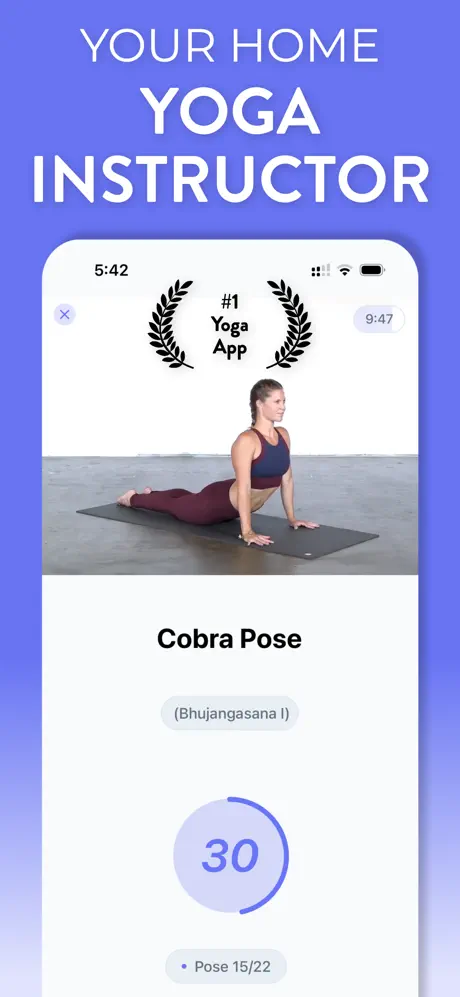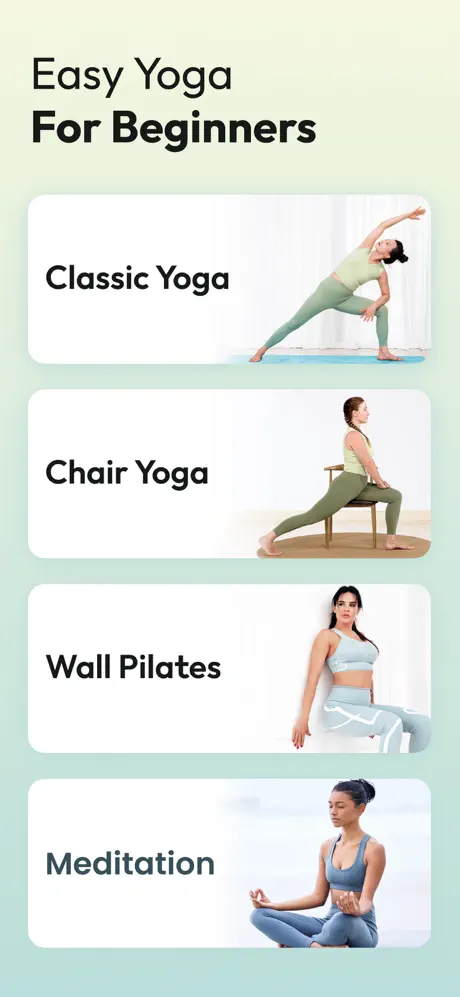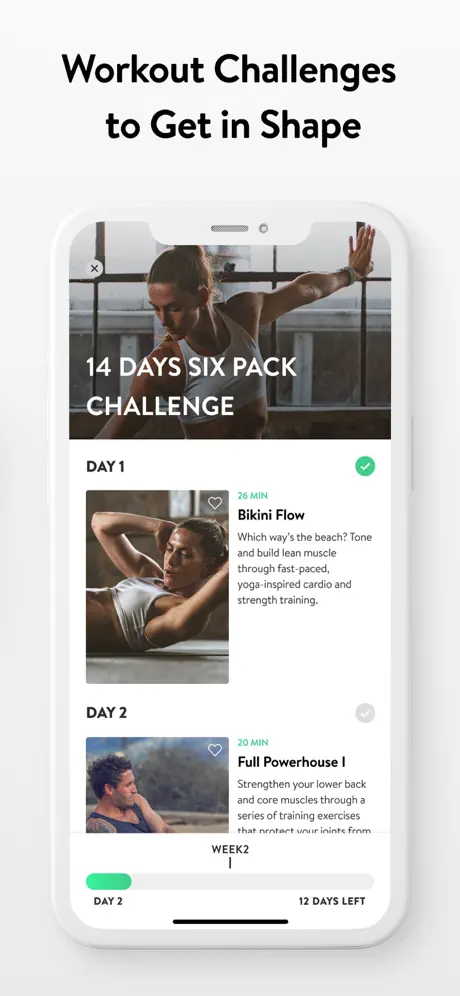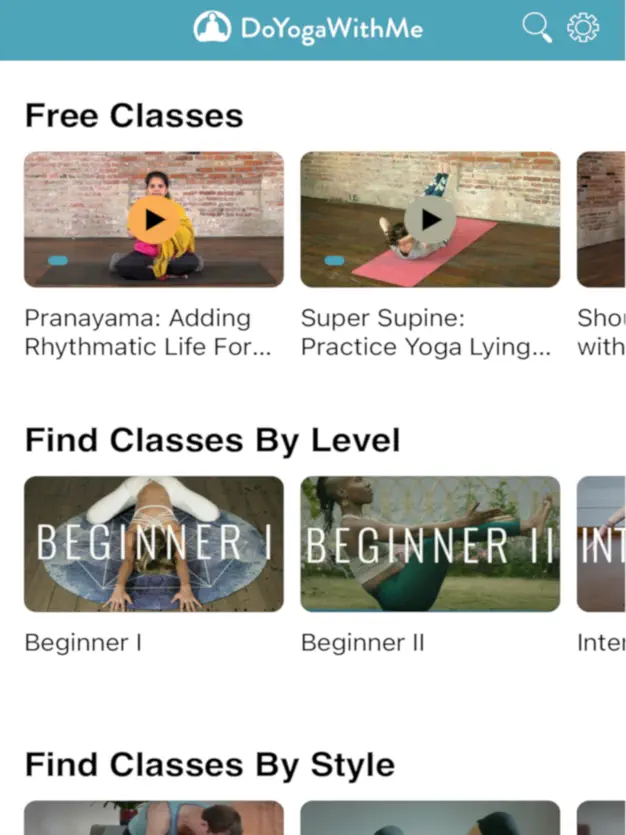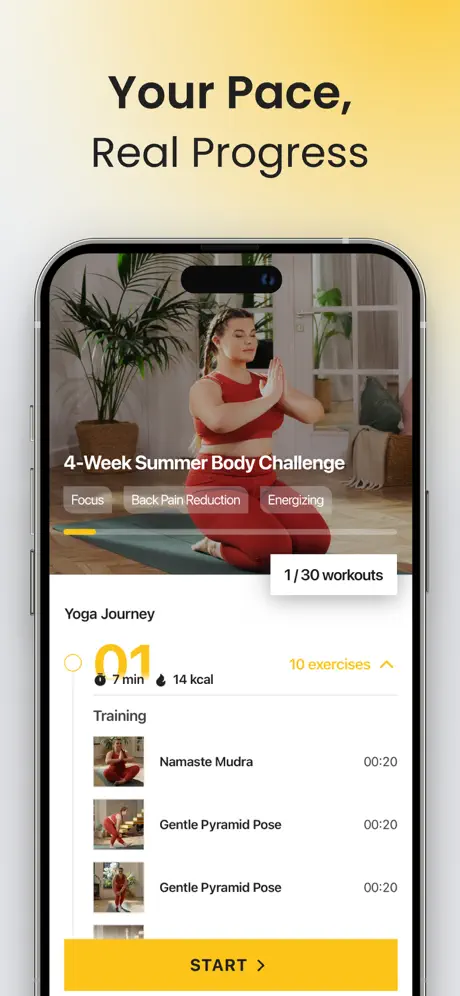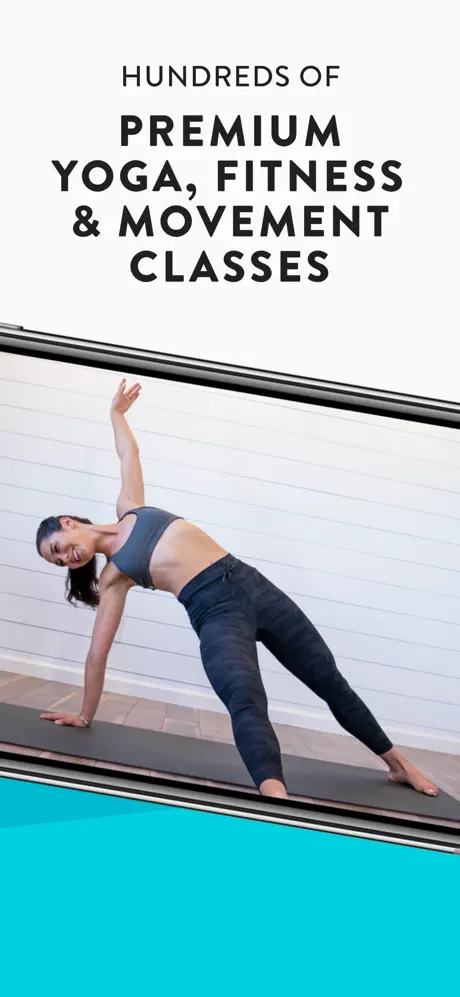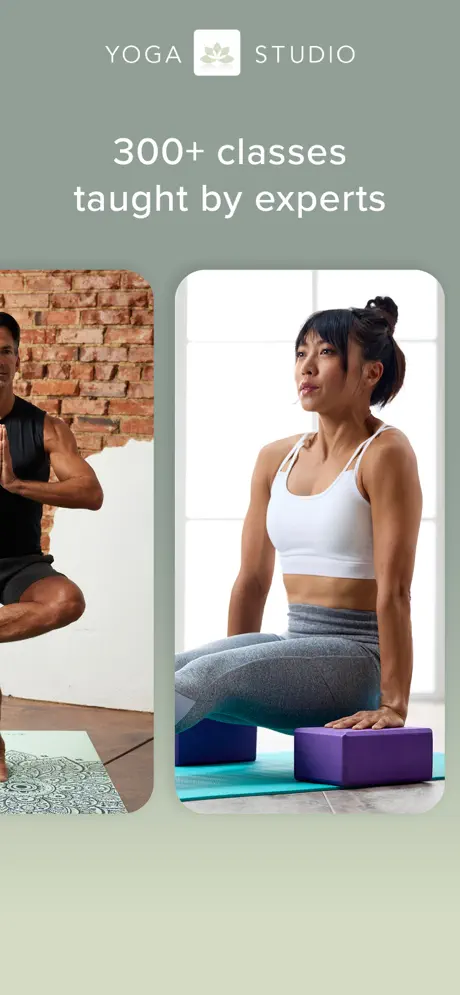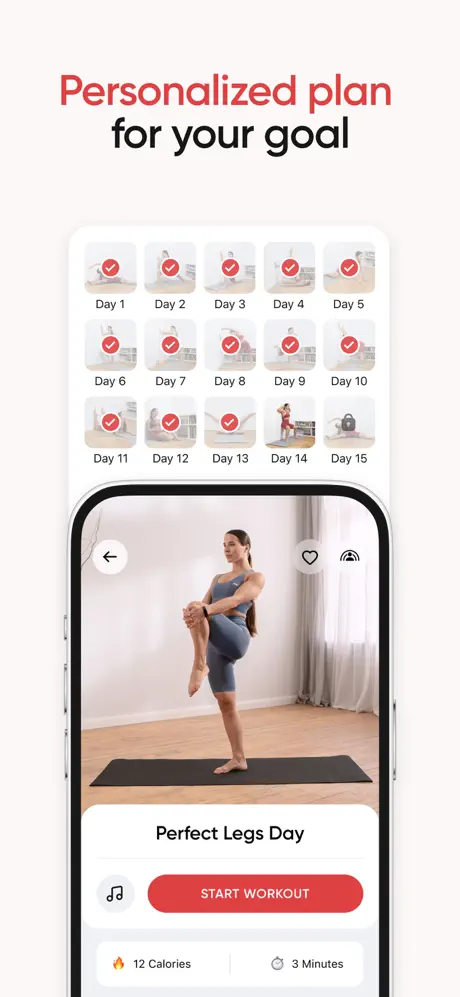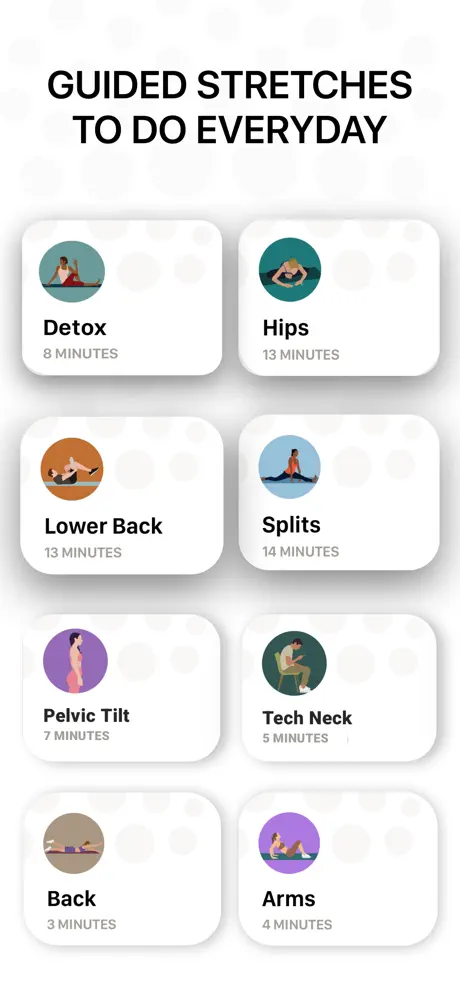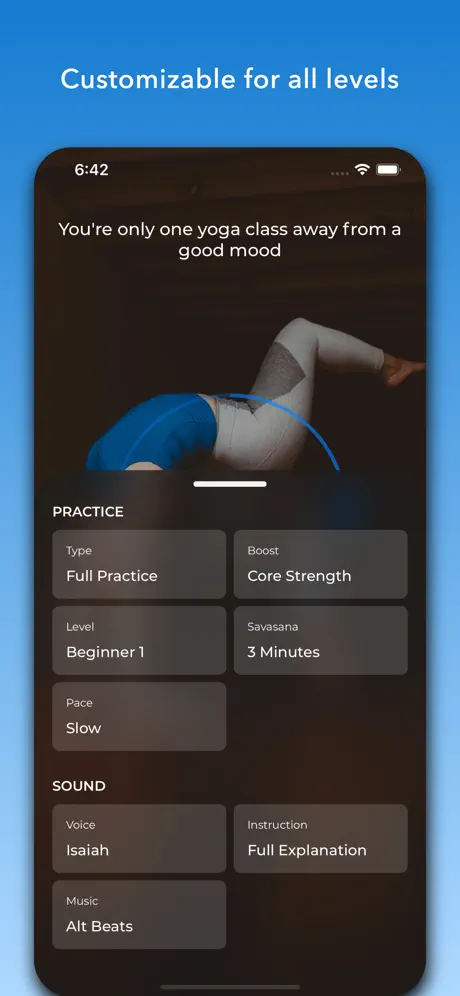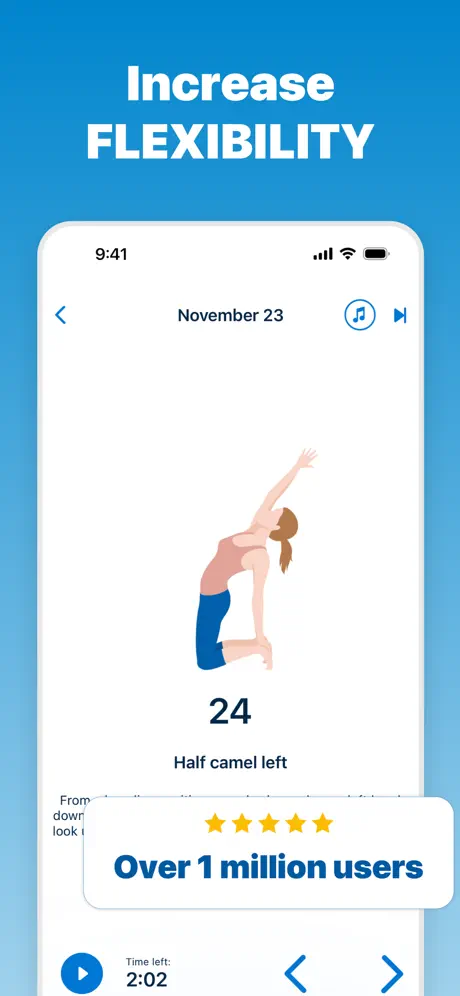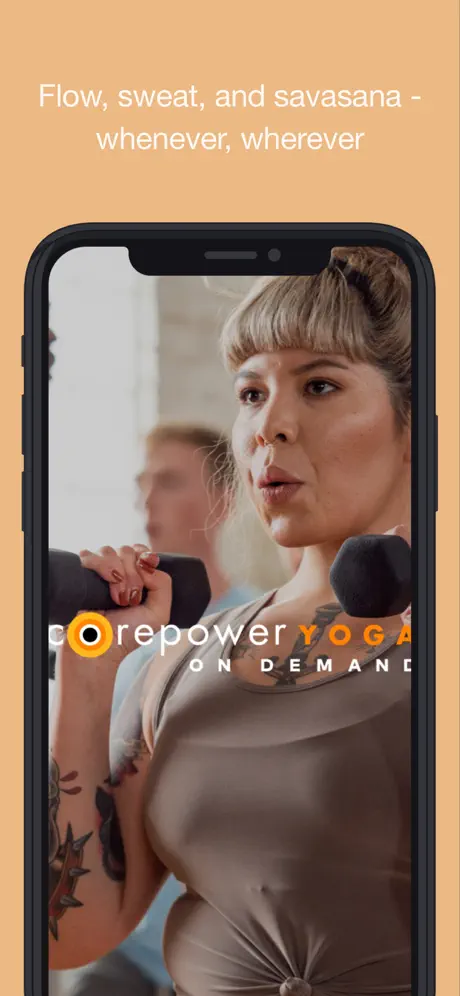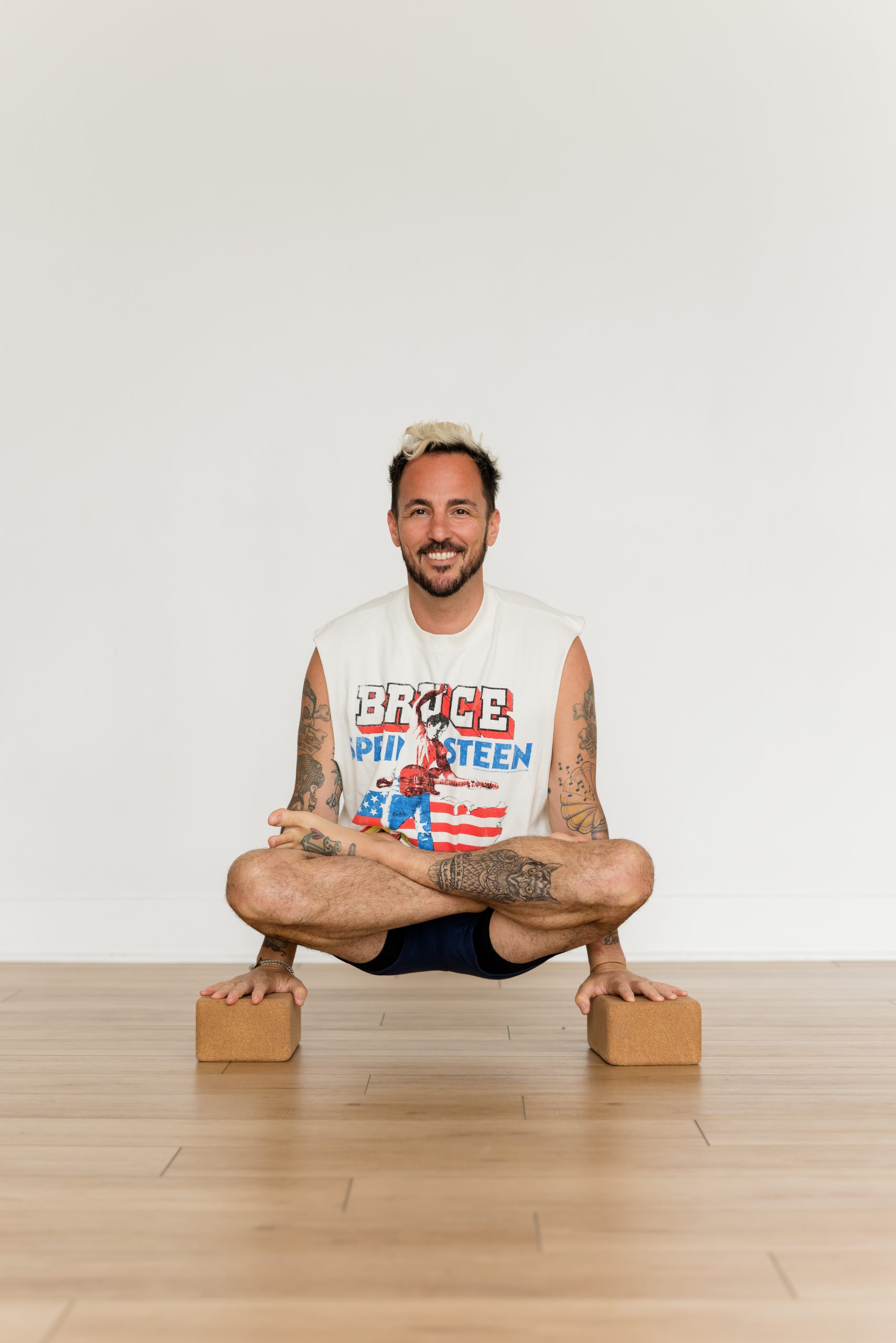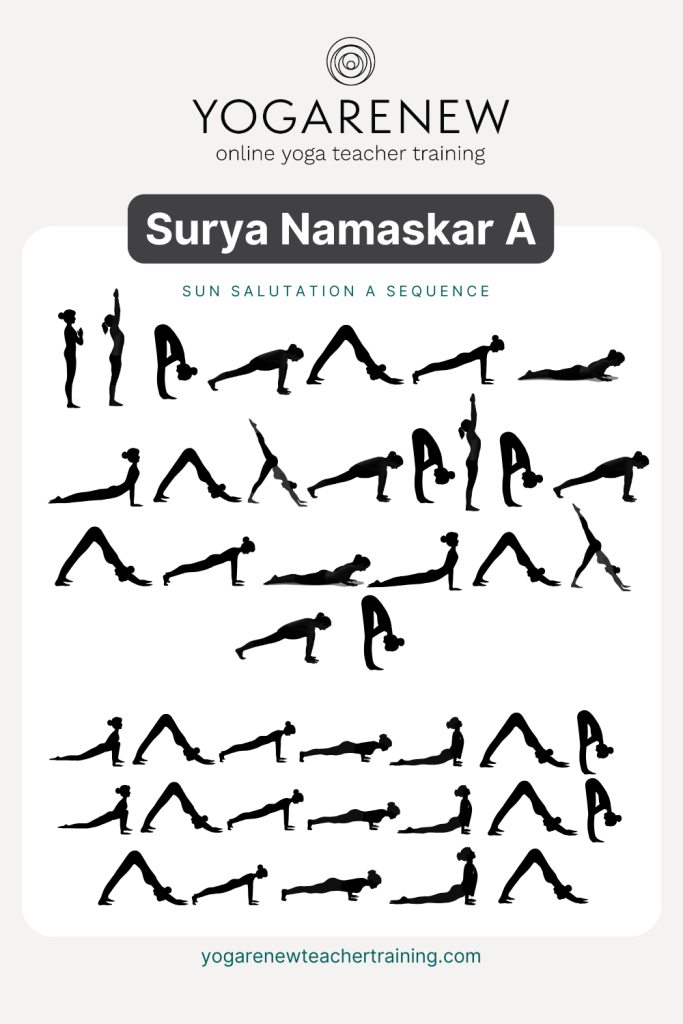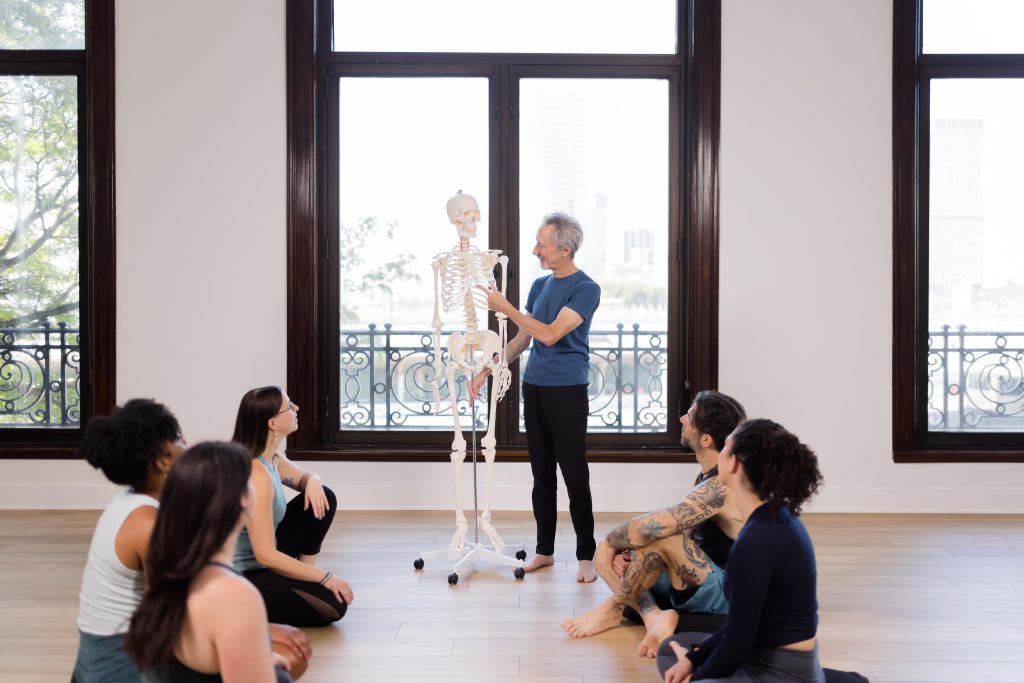Let’s take a look at the criteria we used to rate each app and compile our ultimate list. Each app was ranked across a set of criteria which was converted to a numerical value and ultimately scored out of 45 points.
For example, the criteria “class video quality” was ranked on a scale of 1-5, with 1 being the lowest and 5 being the highest. Apps that scored a ‘1’ for this criteria just had animations or a timed sequence of poses, while apps that scored a ‘5’ had high definition video and settings to control things like the music volume separate from the instructor’s voice.
Here is the scoring criteria used to rate the best yoga app:
- How Many Free Classes Are Available?
- What’s The App Store Ranking?
- Are There Live Classes?
- How Is The Class Video Quality?
- Is There Goal-Oriented Content?
- Are There Custom Filtering Options?
- Are There Specific Programs Focused on Beginners?
- Do Classes Have Music & Customization?
- Is There a Library Of Yoga Pose Tutorials?
- Are There Focused Educational Courses?
- Does The App Have Fitness Tracking/Apple Health Or Google Fit Integration?
- Are There Ads In The Free Version?
Let’s quickly look at this criteria in more detail and some considerations for ranking the top apps. Or you can scroll on down below to check out our full list of the 20 best free yoga memberships.
Free Yoga Membership App Options
What are you actually getting for free? Some yoga apps are simply free to download but require a paid membership to take classes. Others have ads with their classes or have free previews but don’t allow you to view a full class until you subscribe. Some yoga apps allow you to take 1 or two classes for free, and others have hundreds of free classes. This seems like important information, so we’ll definitely highlight what each yoga app provides for free in addition to what you get with a paid subscription.
This criteria was worth 1-3 points in our score.
Reviews & Ratings
One big consideration we’ll look at is social proof. What are the app’s users saying? Has the app received any notable press or accolades from reputable thought-leaders or publications? Outside of comparing functionality and content options, this is the most direct way to measure an app’s ranking because it draws from a diverse range of opinions and experiences.
Since all of the apps reviewed had at least a 4 rating in the US app store, we looked at the decimal place to get a more meaningful calculation. For instance, a 4.9 rating was given a score of ‘9’ in the ranking calculation.
Does The Yoga App Have Goal-Oriented Practices Or Functionality?
Many yoga apps will design content or functionality around goals like weight loss, flexibility, or stress relief. Other apps simply provide classes without highlighting a specific outcome. If you have a particular goal in mind, this is an important consideration. For example, apps that are strictly focused on weight loss might have functionality for counting calories or tracking progress around that goal which could be helpful.
This criteria was worth 1-3 points in our score.
Can I Customize My Practice With This Yoga App?
Yoga has a diverse landscape of formats with different intensity levels, frameworks, and desired outcomes. It can be tough to find what you’re looking for if there’s a lot of content and you have something specific in mind. In order to easily find a class, you’ll want to be able to apply multiple filters to customize results based on your interest. For example if you only have 30 minutes and you want to find a quick Vinyasa class designed for beginners, can you do that? Or do you need to browse through a massive library to find that class.
Some of the things to consider in terms of content & customization:
- Can I customize my practice based on experience level, styles, formats or outcomes?
- Does this app have different instructors with unique areas of expertise, or just one instructor?
- Can you customize the class duration based on your availability or does this app target a niche with shorter classes?
- Is there any additional content included within the app that’s not typically found elsewhere?
This criteria was worth 1-3 points in our score.
Does This Yoga App Have Health & Fitness Tracking Available?
The rise of fitness tracking has been swift and pervasive. You don’t need to have a wearable fitness tracker to take advantage of this either. Apple Health and Google Fit integrate directly with a lot of apps and offer some cool functionality without needing a wearable device. Even if you’re just starting out and don’t plan on using this functionality today, it’s nice to know where it’s available in case you adopt it down the road as your practice gains momentum.
This criteria was worth 1-3 points in our score.
Does This App Have Live Online Yoga Classes?
I know a lot of people that find it easier to commit to an online practice when there are live classes held at a specific time. There’s something special about joining a live yoga class and taking part in a shared community experience. For many, it’s a motivational factor and a key requirement in their search for online yoga classes.
This criteria was worth 1-3 points in our score.
Are There Beginner-Friendly Yoga Programs or Guidance?
If you’re just getting started on your yoga practice, this one is key. For true beginners, you’ll want an app that goes beyond simply providing beginner level classes. Look for an app that includes elements of educational content that can help you get started on your journey. You can learn a lot in beginner level classes, but having supplemental learning content can make a big difference. As example of this could be something as simple as having a set of tutorials to learn different yoga poses.
This criteria was worth 1-3 points in our score.
Pose Tutorials & Guidance
Whether you’re a beginner looking to learn the basics of each yoga pose, or a more experienced yogi looking to fine tune your practice, having a set of pose tutorials can be a really valuable piece of functionality. Many apps provide a dedicated area to learn yoga poses, so we’ll highlight this when applicable.
This criteria was worth 1-3 points in our score.
App Navigation & Interface
One thing I’ve seen quite often in user reviews is complaints around an app’s navigation or functionality. It doesn’t matter how great the content is within the app if you’re unable to use it properly. A big element of this comes down to having simple filters or functionality to customize your practice.
Does This App Have Ads?
This one is pretty straight forward. Ads can be a big pet peeve for a lot of people so it’ll be good to know up front which apps have ads in exchange for their free content.
This criteria was worth 1-2 points in our score.
Intermediate or Advanced Classes?
It’s good to know which apps cater to beginners, but another question we should ask is whether this is an app we can grow with? Beginners may eventually grow into more demanding, or intensive classes and want an app that can grow along with them. We’ll take a look at where these options are within different apps as well.
Music & Music Customization
For some people, music is a nonnegotiable aspect of attending a yoga or fitness class and enhances the overall experience. For others, music is a distraction and they’d rather tune into the instructor’s voice without any interference. Some apps allow users to change the music volume separate from the instructor’s voice which is a pretty awesome piece of functionality that caters to both of these audiences. Music licensing can be expensive and complicated, so some apps avoid music entirely.
This criteria was worth 1-3 points in our score.
Educational Programs
Yoga Apps are typically centered around physical classes, but structured educational programs like courses, workshops and lectures can provide incredible value. These could include self-improvement courses, programs designed around philosophy, anatomy, motivation, nutrition, or other areas of wellness. Or they could simply be courses that are more lecture oriented than experiential physical practices. Since yoga is a vast modality that goes beyond the physical practice, this would be key to consider when looking at an app that capture’s yoga holistically.
This criteria was worth 1-5 points in our score, accommodating a wide range of educational programs, interfaces, and content types.
